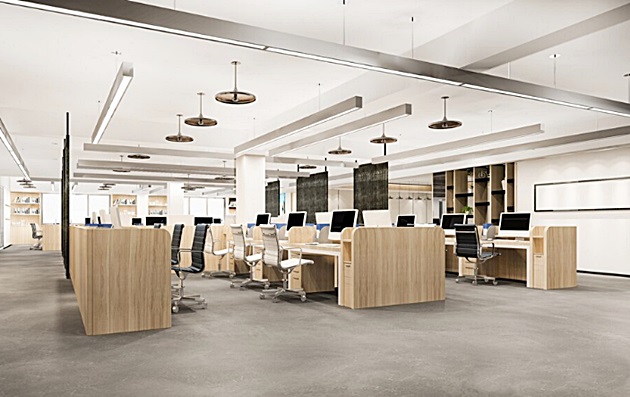726

Balancing Well-being and Productivity Becomes Essential as Office Work Increases, JLL Study Finds
Current Conditions Do Not Satisfy Employees
As more companies advocate for a return to office work, employees have a message for their leaders: they are missing the mark when it comes to well-being.
JLL’s Human Experience research shows that 8 out of 12 office well-being factors, ranging from nutrition to flexibility, fail to meet employee expectations. With nearly two out of three employees citing their commute as the main challenge in returning to the office, the issue begins long before they step into the building.
“The sentiment around the office experience has become more negative in the past 12 months, as firms increasingly require in-person attendance,” says Victoria Mejevitch, Head of Global Benchmarking Services at JLL. “Beyond the cost and time of commuting, fundamental aspects such as temperature, noise, lack of focus spaces, and limited food choices remain problematic.”
Make no mistake, the momentum is shifting firmly towards more office time. Four in ten firms want employees in the office five days a week, according to JLL’s Future of Work research. Even among companies with hybrid setups, 43% expect office days to increase by 2030.
However, as the push to return to the office coincides with declining employee sentiment, companies must rethink how their workplaces support well-being. Read on for some of the solutions organizations are implementing.
Food Matters More Than Ever
When it comes to keeping employees happy and productive, the way to the workforce’s heart appears to be through their stomach. Staff restaurants and cafés now rank as the top two most important office amenities, according to JLL’s research.
However, satisfaction with workplace nutrition has plummeted ten spots since 2023, making it the worst-performing aspect of workplace experience. Mejevitch points out that employees had more control over their diet when working from home.
“As people return to the office, food quality and variety have become more important, especially for younger workers who spend more time on-site but often bring lunch from home to save money,” she says.
With most workplace social interactions centered around meals or coffee breaks, Mejevitch suggests that investing in improved cafeterias and a selection of well-balanced, tasty snacks can significantly enhance employee satisfaction and workplace culture.
Getting the Basics Right Remains a Challenge
Three-quarters of firms say collaboration is the main reason for bringing staff back, while 41% believe it will boost productivity. However, the aggressive shift from fixed personal workspaces to collaborative “our space” environments has led to unexpected challenges.
“Employees still spend half their office time on focused work—but the lack of reservable quiet spaces makes concentration difficult,” says Mejevitch.
Additionally, JLL found that employees globally attend an average of 14 meetings per week, with three-quarters involving a mix of in-person and virtual participants. Yet, the noise from individuals taking calls at their desks is a frequent source of stress for nearby colleagues.
“Employers need to rethink the balance and mix of workspaces to ensure staff can remain productive,” Mejevitch advises.
Outdoor Spaces Help Employees Recharge
After a string of meetings, employees are increasingly seeking outdoor spaces. Courtyards, rooftop gardens, green spaces, and terraces are in high demand and highly valued for their mental well-being and productivity benefits.
In fact, offices with enhanced outdoor spaces consistently command rent premiums exceeding 5%, underscoring their popularity.
“The pace of office life makes it unrealistic for many to take an hour for a scheduled yoga class,” says Mejevitch. “People much prefer access to greenery, fresh air, and a place to unwind for a few minutes between meetings and calls.”
This is why global health and nutrition company Reckitt incorporated five garden meeting pods with interconnected flooring, mature trees, and pergolas when redesigning its UK headquarters in Slough.
Work-Life Separation Remains a Priority
Despite fitness being a key part of many employees’ hybrid work routines, on-site gyms, meditation rooms, and training spaces are often underutilized.
Mejevitch attributes this, in part, to employees preferring to keep their personal and professional lives separate.
“People may feel self-conscious about sweating or wearing workout clothes in front of colleagues,” she explains. Discounted gym memberships may be more appreciated by those who want to stay fit on their own terms.
Looking Ahead: Compact Secondary Locations May Help
Secondary office locations could offer a solution for a thriving workforce.
Cities considered second-tier office markets—such as Dallas or Miami in the U.S. or Málaga in Spain—have recently attracted financial services and tech firms due to their high quality of life and shorter commutes.
Mejevitch’s final advice addresses a largely unmet need: “Employees indicated they would greatly appreciate access to on-site or nearby healthcare services, reducing time off for routine medical needs or prescriptions.”




